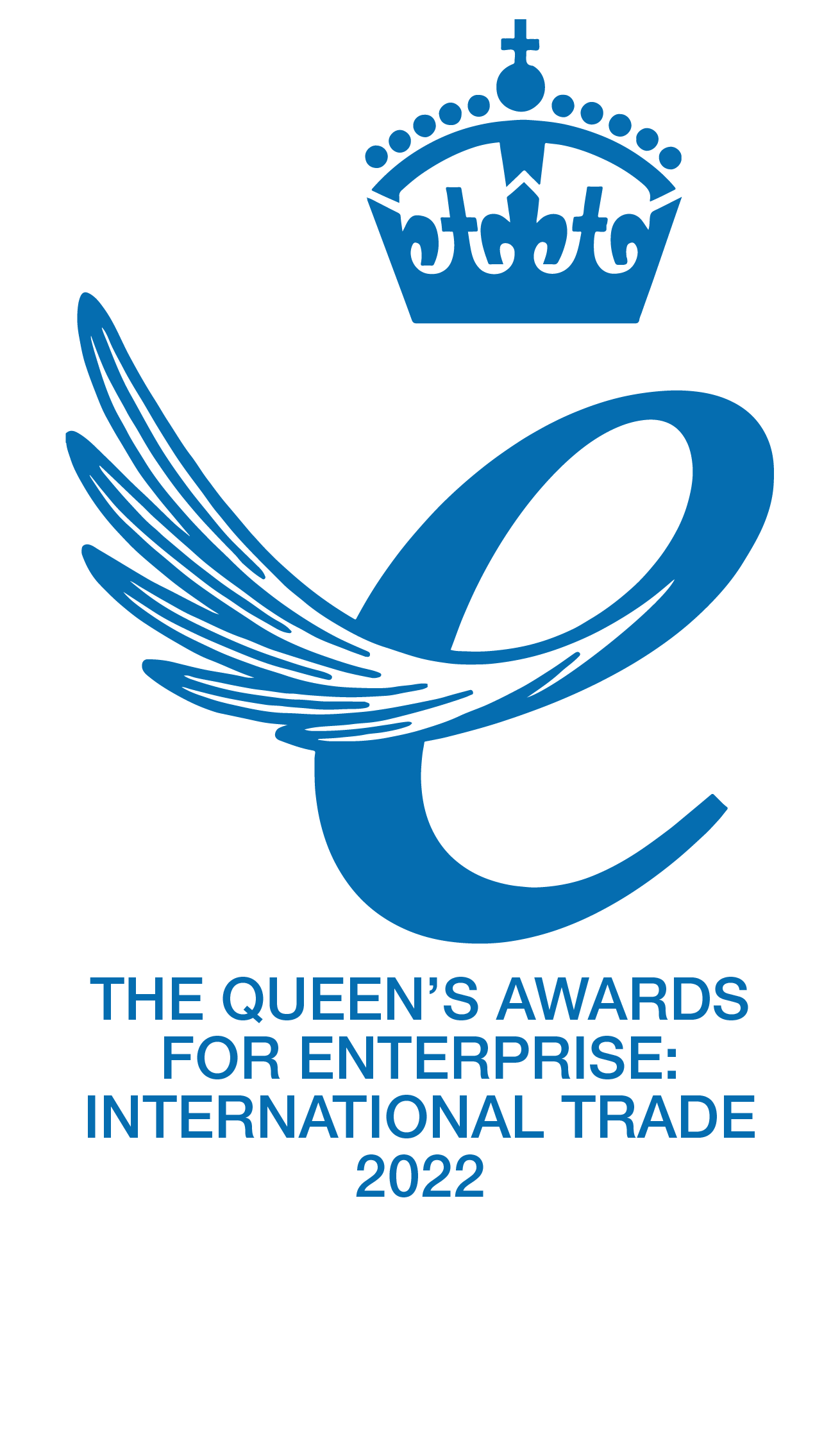Hatch Covers and Their Importance
Hatch covers are an essential part of ships, typically bulk carriers, which keep the cargo safe during voyages. These covers must be inspected regularly to ensure they are in good condition and withstand the harsh marine environment. In this article, we will discuss what the different types of testing of weathertightness of hatch covers, specifically focusing on the chalk test and why it is not a reliable method.
What is the Chalk Test?
The chalk test is a simple and effective way to check the sealing of hatch covers. In this test, a thin layer of chalk is applied to the compression bars, which are the metal bars that hold the hatch covers in place. The hatch is then closed and secured, compressing the chalk layer between the bars and the hatch coaming, the raised edge around the hatch opening. The hatch is then opened again, and the chalk marks on the compression bars are inspected to determine the tightness of the hatch.


Performing the Chalk Test
A ship’s crew or a marine surveyor can perform the chalk test. The following are the steps involved in completing the chalk test:
- Clean the compression bars and hatch coaming to ensure they are free of dirt, grease, or rust.
- Apply a thin layer of chalk to the compression bars. The chalk should be evenly spread and cover the entire length of the bars.
- Close the hatch and secure it as per the ship’s procedure.
- After a few minutes, open the hatch and inspect the chalk marks on the compression bars.
The hatch is considered tightly sealed if the chalk marks on the compression bars are complete and continuous. If there are gaps or breaks in the chalk marks, the hatch is not tight, and further investigation is required.
Interpreting the Results
The chalk test for hatch cover weathertightness has significant drawbacks that hinder its effectiveness. Primarily, it relies heavily on visible chalk marks to indicate potential leak points, but this approach lacks precision as visual inspection is subjective. Microscopic defects, common culprits for water ingress, may go unnoticed during visual inspection, providing a false sense of security about the hatch’s weathertightness.
Environmental conditions further compromise the chalk test’s reliability. Factors like wind and rain can distort the results, making it challenging to accurately interpret chalk patterns and identify genuine leak areas. This susceptibility to external influences reduces the test’s consistency and undermines its ability to provide a comprehensive assessment.
Additionally, the chalk test lacks quantitative data, making it difficult to measure the severity of potential leaks. This limitation hinders a precise understanding of the hatch cover’s condition and compromises the reliability of the test as a standalone evaluation method.
Importance of Hatch Cover Tightness
Hatch cover weathertightness is crucial for safeguarding cargo during maritime transport. A weathertight seal on hatch covers ensures protection against water ingress, preventing damage to goods from rain, seawater, or adverse weather conditions. Cargo integrity is paramount, especially for sensitive or perishable items that can be easily compromised by moisture.
Maintaining weathertight hatch covers is vital to prevent corrosion, mold, and deterioration of goods, preserving their quality and value. Beyond cargo protection, weathertightness contributes to the overall safety and stability of the vessel by minimizing the risk of water entering cargo holds. This is particularly essential for preventing weight imbalances and maintaining the ship’s stability during voyages, ensuring a secure and efficient transportation process for diverse types of cargo.
Other Tests for Hatch Cover Tightness
Besides the chalk test, other tests are used to check the tightness of hatch covers. These tests include hose testing and ultrasonic testing, and vacuum testing. Each test has its advantages and limitations, however, ultrasonic testing is the recommended method of testing by P&I clubs.
Ultrasonic testing uses ultrasound waves produced by the ultrasonic generator to detect gaps or breaks in the hatch cover’s sealing. The process is simple yet effective and provides quantifiable results that will satisfy classification society and P&I clubs’ requirements.
The hose test assesses hatch cover weathertightness by directing pressurized water onto the closed hatch. Technicians observe for any water ingress, identifying potential leaks or weaknesses. The hose test has drawbacks, including limited precision in pinpointing leak sources and potential damage to cargo if water enters. It may not replicate all weather conditions, and results can be influenced by factors like wind. Additionally, the test’s effectiveness depends on proper execution and interpretation.


Limitations of the Chalk Test
The chalk test for hatch cover weathertightness is notably flawed. Its dependence on visible chalk marks makes it prone to overlooking microscopic defects, giving a false sense of security.
Environmental factors like wind and rain can distort results, diminishing the test’s reliability. Moreover, the absence of quantitative data reduces its capacity to accurately measure leak severity.
These drawbacks render the chalk test insufficient as an effective method for determining weathertightness, emphasizing the need for alternative techniques such as ultrasonic tests. Ultrasonic testing offer a more comprehensive and dependable assessment of hatch covers in maritime applications.
For more information on hatch cover testing, speak to the team at Coltraco Ultrasonics today.





